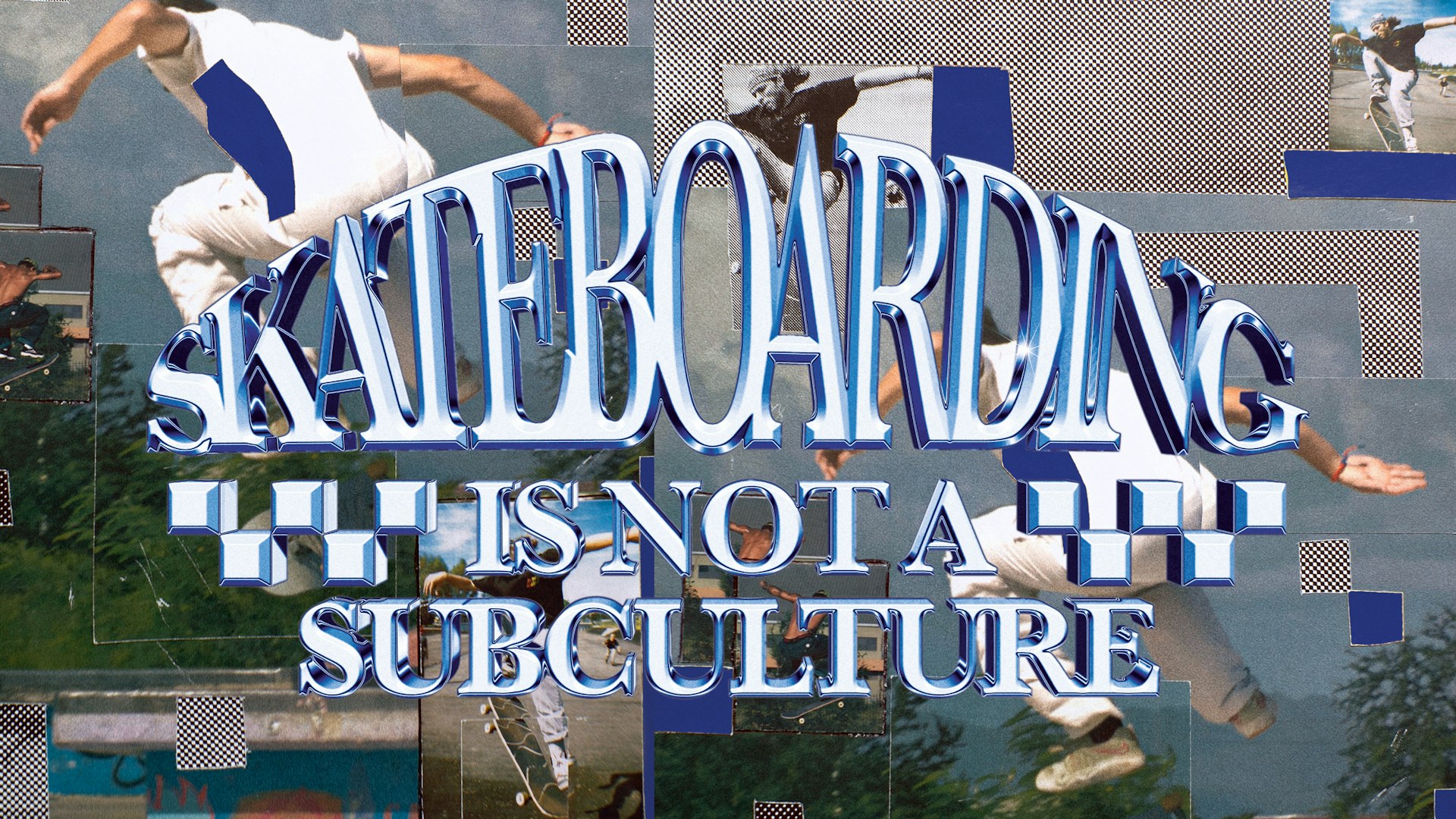Halcyon days at an '80s Summer Solstice Festival
- Text by Miss Rosen
- Photography by Alan Lodge

The Free Festival Movement of the 1970s took the UK by storm, offering a mélange of music, arts, and cultural activities at no cost. Beginning with Woodstock in 1969, the possibility of creating a mini utopia became a dream come true – that was until they became too popular, and the state got involved.
“’Free Festivals’ developed from people being fed up with the exploitation, rules, squalor and overall rip-off that so many events had become. They discovered something… a powerful vision,” says British photographer Alan Lodge, author of the new book Stonehenge (Café Royal Books).
“People lived together: a community sharing possessions, listening to great music, making do, living with the environment, consuming their needs and little else.”
“Life on the road in an old £300 1960s bus, truck or trailer seemed like a bloody good option, weighed against the prospect of life on the dole in some grotty city under the Tory Government.”


By the late 1970s, a Free Festival summer circuit was established with stops in May Hill, Horseshoe Pass, Stonehenge, Ashton Court, Inglestone Common, Cantlin Stone, Deeply Vale, Meigan Fair, East Anglia, and the Psilocybin Fair.
“As the habit of travelling in convoys caught on, larger groups of performers were established. They were joined by a wide variety of traders of different kinds, and the New Traveller culture was born. It was all about building communities, tribes, and societies.”
From 1974 to 1984, the Stonehenge Free Festival – later renamed the People’s Free Festival – was held in the fields surrounding the legendary prehistoric monument during the summer solstice. It quickly became the place for hippies, punks, anarchists, bikers, and travellers to gather every year, with numbers eventually reaching hundreds of thousands by the 1980s.
Along with the New Age Travellers, the festival drew countercultural groups including the Peace Convoy, the Wallys, and Circus Normal. Musicians including Joe Strummer, Jimmy Page, The Damned, The Selecter and The Raincoats performed live.


“Stonehenge has long held a fascination for the mystically inclined,” Lodge explains. “When the music was right, the people acted in unison, and that rare communal shared pleasure came to pass – if only fleetingly. Festivals could conjure up a heightened awareness.”
As the festivals became more popular, policing became more aggressive and the mainstream media stoked moral panic. “The papers were full of shock-horror. The News of the World contributed [the headline]: ‘The Wild Bunch: Sex-mad junkie outlaws make the Hell’s Angels look like little Noddy.’ These were read by millions and made ‘folk-devils’ out of peaceful people.”
Things came to a head with the “Battle of the Beanfield” on June 1, 1985, in nearby Hampshire. “It wasn’t a battle. It was an ambush – 1,600 police officers attacked,” Lodge says.
“Policemen were running down the convoy ahead of me smashing windscreens without warning, arresting and assaulting the occupants, dragging them out through the windscreens broken glass.”
There was no enquiry. Things would never be the same again. But for one shining moment, radicals and revolutionaries found their own halcyon corner of utopia.



Stonehenge by Alan Lodge is out now on Café Royal Books.
Follow Miss Rosen on Twitter.
Enjoyed this article? Like Huck on Facebook or follow us on Twitter.
Latest on Huck

Is skateboarding really a subculture anymore?
With skate’s inclusion in the Olympics, Kyle Beachy asks what it means for the culture around the sport, and whether it’s possible to institutionalise an artform.
Written by: Kyle Beachy

Autism cannot be cured — stop trying
A questionable study into the ‘reversal’ of autism does nothing but reinforce damaging stereotypes and harm, argues autistic author Jodie Hare.
Written by: Jodie Hare

Bristol Photo Festival returns for second edition
After the success of it’s inaugural run, the festival returns this autumn with exhibitions, education and community programmes exploring a world in constant motion through still image.
Written by: Ben Smoke

Documenting the life of a New York gang leader paralysed by gun violence
New photobook ‘Say Less’ is a complex yet humanising look into a life wrecked by gun violence and organised crime.
Written by: Isaac Muk

The woman who defined 80s Hip Hop photography
A new exhibition brings together Janette Beckman’s visionary and boundary pushing images of an era of cultural change and moral panic.
Written by: Miss Rosen

In photos: the dogs of Dogtown
A new photobook documents Venice Beach’s four legged friends and their colourful cast of owners.
Written by: Isaac Muk